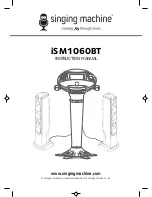
3.4.4 Tig Welding Techniques
DC TIG Welding
The DC power source uses what is known as DC (direct current)
in which the main electrical component known as electrons flowing
only one direction from the negative pole (terminal) to the
positive pole (terminal). In the DC electrical circuit there is an
electrical principle at work which should always be taken into
account when using any DC circuit. With a DC circuit 70% of the
energy (heat) is always on the positive side. This needs to be
understood because it determines what terminal the TIG torch will
be connected to (this rule applies to all other forms of DC welding
as well).
DC TIG welding is a process in which an arc is struck
between a TUNGSTEN electrode and the metal work piece.
The weld area is shielded by an inert gas flow to prevent
contamination of the tungsten, molten pool and weld area.
When the TIG arc is struck the inert gas is ionized and
superheated changing it’s molecular structure which converts
it into a plasma stream. This plasma stream flowing between the tungsten and the work piece is
the TIG arc and can be as hot as 19,000°C. It is a very pure and concentrated arc which provides
the controlled melting of most metals into a weld pool. TIG welding offers the user the greatest
amount of flexibility to weld the widest range of material and thickness and types. DC TIG
welding is also the cleanest weld with no sparks or spatter.
27
www.strata.co.nz
EZITIG 205DC
















































